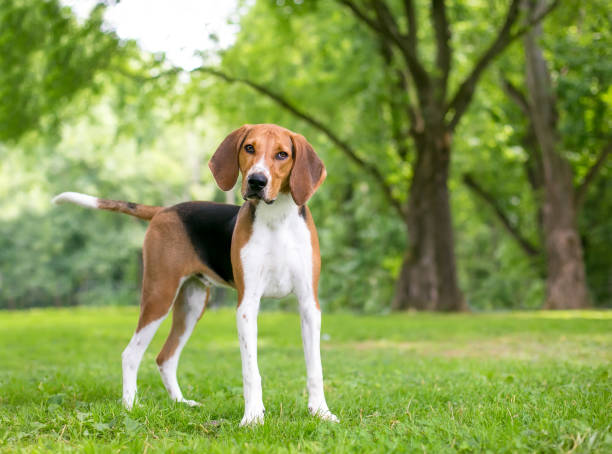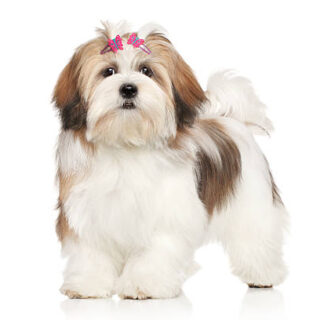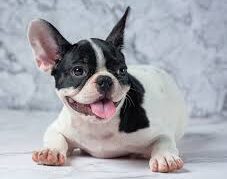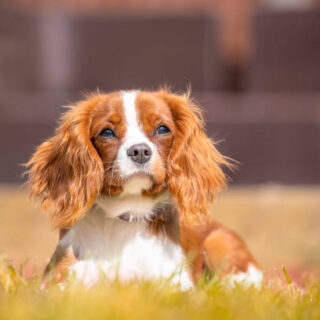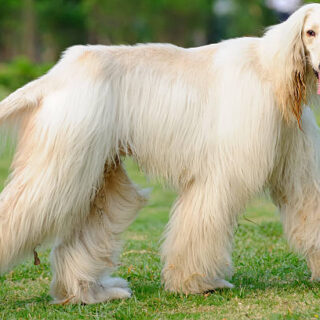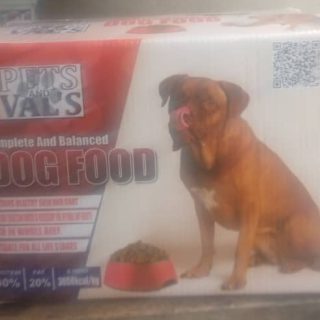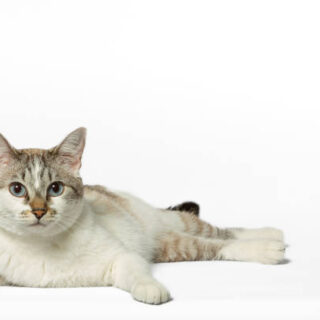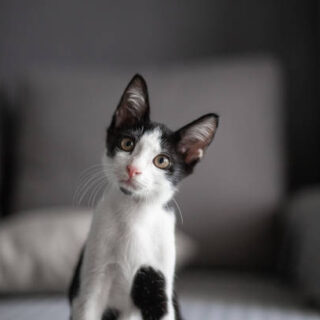Otterhound
Otterhound: With the banning of otter hunting in 1978, the dispersal and destruction of some packs of the breed threatened the future of the Otterhound. However, a small nucleus of breed enthusiasts have kept the breed going often with the use of pack hounds. It is thought that there are French hounds mixed with English hounds in the ancestry and certainly there is a look of French hound nobility in his head and expression. His weather resistant double coat which is oily (and often odorous) and his webbed feet, well developed nostrils and scenting powers make him fit for his original function.
General appearance of Otterhound
Large, straight limbed and sound, rough coated with majestic head, strong body and loose, long striding action. Rough double coat and large feet essential. Free moving.
Characteristics
Big, strong hound primarily built for long days work in water but able to gallop on land.
Temperament
Amiable and even tempered. Signs of aggression or nervousness should be heavily penalised.
Head and skull
Clean, very imposing, deep rather than wide, clean cheekbones, skull nicely domed, neither coarse nor overdone, rising from distinct though not exaggerated stop to slight peak at occiput. No trace of scowl or bulge on forehead, expression being open and amiable. Muzzle strong, deep; with good wide nose, wide nostrils. Distance from nose end to stop slightly shorter than from stop to occiput. Plenty of lip and flew, but not exaggerated. Whole head except for nose well covered with rough hair, ending in slight moustache and beard.
Eyes
Intelligent, moderately deep-set eye; haw showing only slightly. Eye colour and rim pigment variable according to coat colour (a blue and tan hound may have hazel eyes). Yellow eye undesirable.
Ears
Unique feature of the breed. Long, pendulous, set on level with corner of eye; easily reaching nose when pulled forward, with characteristic fold. Leading edge folding or rolling inwards giving curious draped appearance an essential point not to be lost. Well covered and fringed with hair.
Mouth
Jaws strong, large, well-placed teeth with perfect, regular scissor bite, i.e. upper teeth closely overlapping lower teeth and set square to the jaws.
Neck
Long, powerful, set smoothly into well laid back, clean shoulders. Slight dewlap permissible.
Forequarters
Well laid shoulders. Forelegs strongly boned, straight from elbow to ground. Pasterns strong and slightly sprung.
Body
Chest deep with well sprung, fairly deep, oval ribcage. Ribs carried well back allowing plenty of heart and lung room; neither too wide nor too narrow. Body very strong, with level top line and broad back. Loins short and strong.
Hindquarters
Very strong; well muscled when viewed from any angle, standing neither too wide nor too narrow behind. Hind angulation moderate; hocks well let down, turning neither in nor out. Thighs and second thighs heavily muscled. In natural stance, hindlegs from hock to ground perpendicular.
Feet
Large, round, well knuckled, thick padded, turning neither in nor out. Compact but capable of spreading; hind feet only slightly smaller than forefeet. Web must be in evidence.
Tail
(Stern) Set high, carried up when alert or moving, never curling over back and may droop when standing. Thick at base, tapering to point; bone reaching to hock and carried straight or in a slight curve. Hair under tail rather longer and more profuse than that on upper surface.
Gait/movement
Very loose and shambling at walk, springing immediately into a loose, very long striding, sound, active trot. Gallop smooth and exceptionally long striding.
Coat
Long 4-8 cm (1½-3 ins), dense, rough, harsh and waterproof but not wiry; of broken appearance. Softer hair on head and lower legs natural. Undercoat evident and there may be a slight oily texture in top and undercoat. Not trimmed for exhibition. Presentation should be natural.
Colour
All recognised hound colours permissible: Whole coloured, grizzle, sandy, red, wheaten, blue; these may have slight white markings on head, chest, feet and tail tip. White hounds may have slight lemon, blue or badger pied markings. Black and tan, blue and tan, black and cream, occasional liver, tan and liver, tan and white. Colours not permissible: Liver and white, a white-bodied hound with black and tan patches distinctly separate. Pigment should harmonise though not necessarily blend with coat colour; e.g. a tan hound may have a brown nose and eye rims. A slight butterfly nose permissible.
Size
Approximate height at shoulder: dogs: 69 cms (27 ins); bitches: 61 cms (24 ins).
Faults
Any departure from the foregoing points should be considered a fault and the seriousness with which the fault should be regarded should be in exact proportion to its degree and its effect upon the health and welfare of the dog and on the dogs ability to perform its traditional work.
Note
Male animals should have two apparently normal testicles fully descended into the scrotum.

